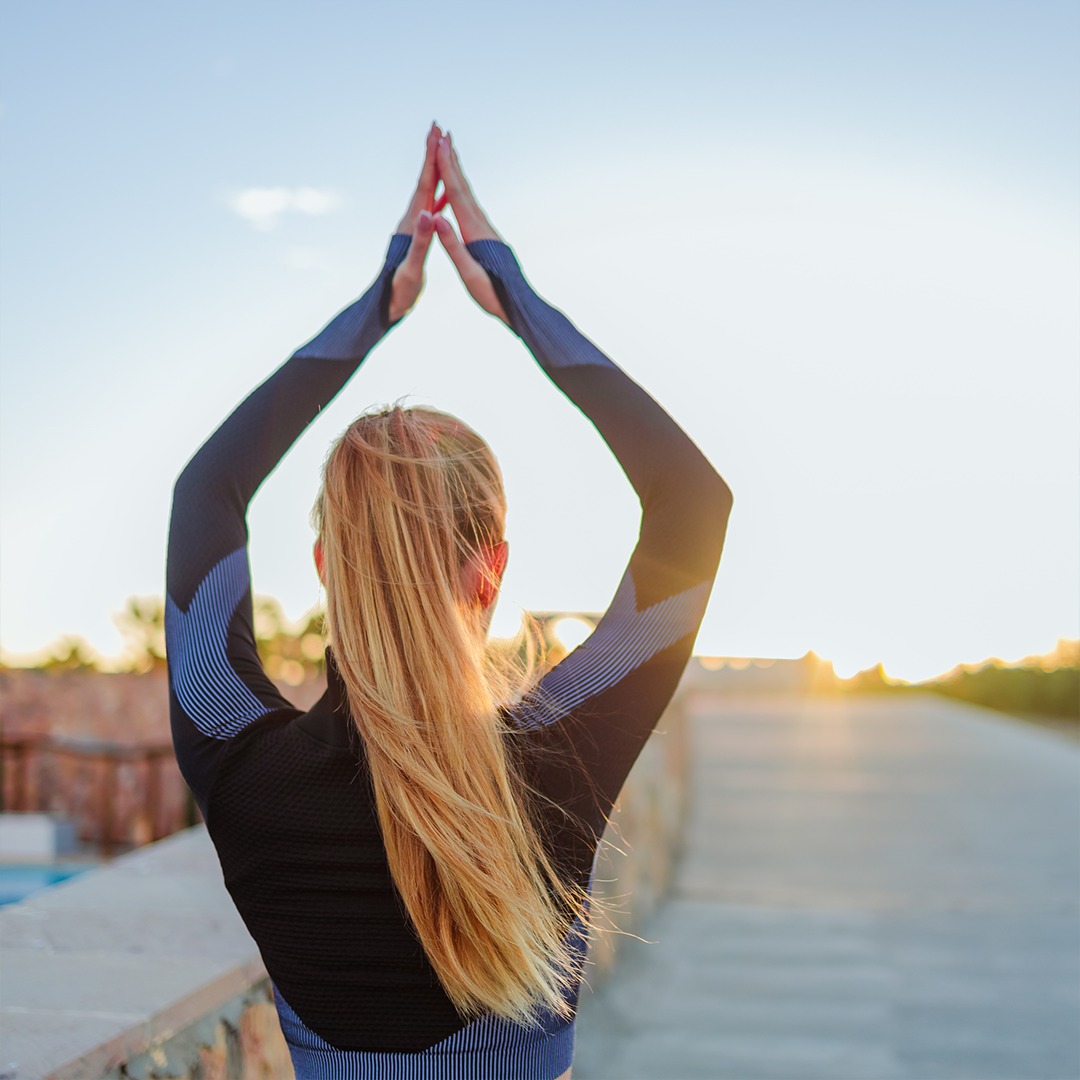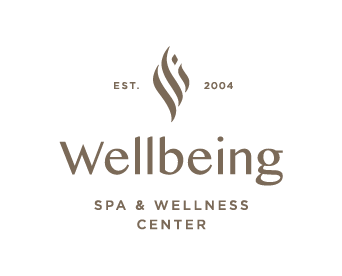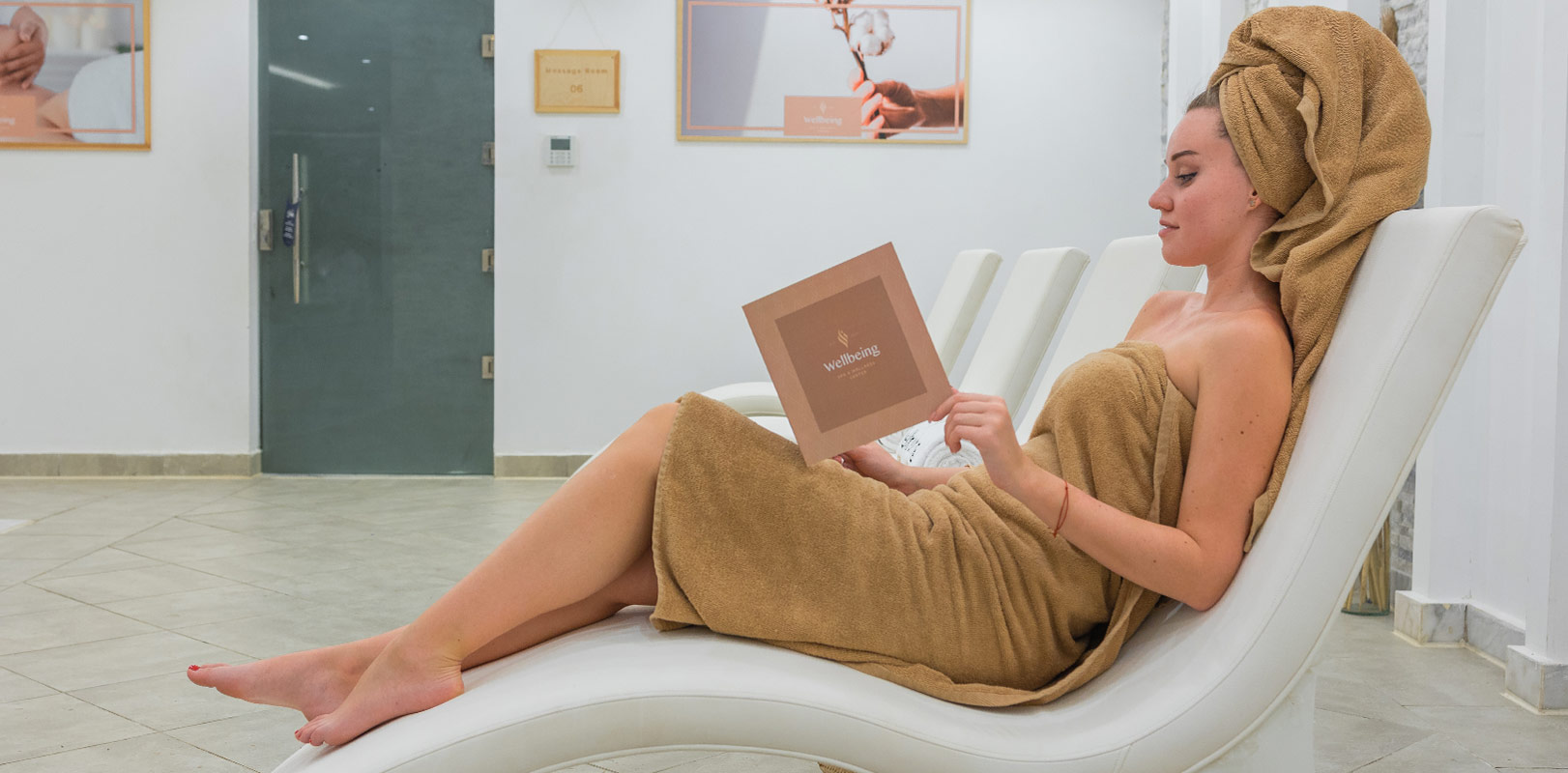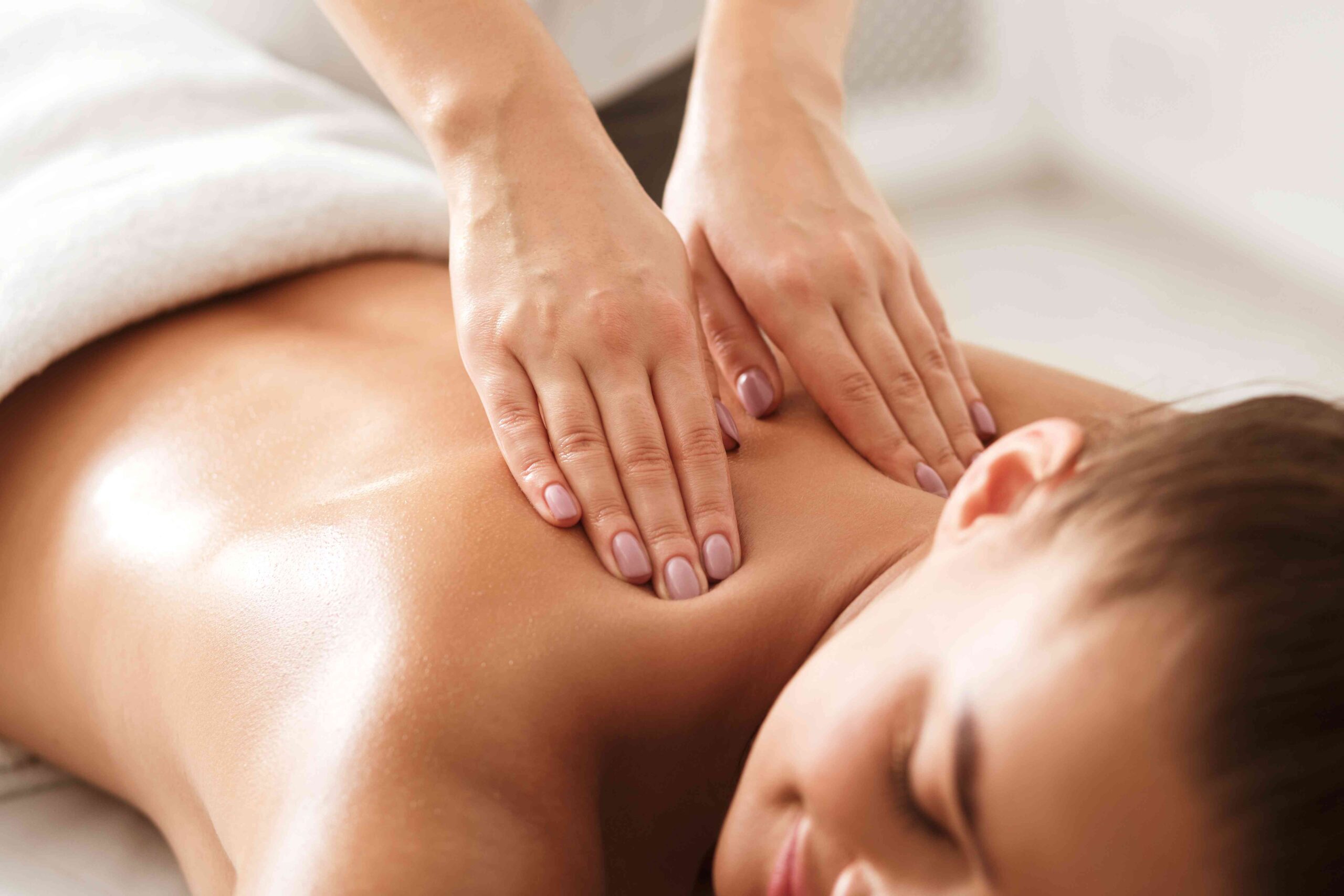
The Power of Contrast: How Hot-and-Cold Spa Therapies Transform Your Health and Well-Being
In the evolving world of wellness and spa culture, one trend has stood out for its remarkable ability to both invigorate and heal: contrast spa therapy. Also known as thermal contrast therapy or hot-cold therapy, this ancient-meets-modern practice alternates between heat and cold exposure to stimulate circulation, support recovery, and elevate overall vitality.
From Roman baths to Scandinavian saunas and modern hydrotherapy centers, people around the world have long understood the power of thermal wellness treatments. The simple act of switching between warmth and coolness not only wakes up the senses but also activates profound physiological responses — from enhanced blood flow to improved mood and immunity.
In this comprehensive guide, we’ll explore the science and sensations behind contrast spa therapy, uncover the best circulation spa methods, and show why these treatments are becoming essential elements of modern self-care.
1. What Is Contrast Spa Therapy?

Contrast spa therapy refers to any wellness treatment that alternates between hot and cold temperatures. This can take many forms — from jumping between a sauna and an ice plunge to combining steam therapy with cooling body wraps or alternating thermal showers.
The basic principle is simple: heat expands blood vessels, while cold constricts them. By cycling between these two states, the body experiences a “vascular workout” that enhances circulation, detoxification, and recovery.
Common types of contrast therapy include:
- Sauna followed by a cold plunge or snow room session
- Steam bath alternating with an ice fountain rub
- Hot stone therapy followed by a cooling mist
- Thermal contrast showers (alternating warm and cold water)
- Cryotherapy after heat therapy (e.g., infrared sauna then cryo chamber)
This rhythmic shift between temperatures creates a dynamic, full-body stimulation that wakes up every system — circulatory, nervous, muscular, and even mental.
2. The History and Philosophy Behind Thermal Wellness Treatments

Thermal rituals are as old as human civilization. Ancient cultures integrated thermal wellness treatments into daily life not only for hygiene but also for healing and spiritual renewal.
Roman and Greek Bath Culture
The Romans perfected the art of contrast spa therapy through their elaborate bathhouses. Visitors would progress from the caldarium (hot bath) to the tepidarium (warm room) and finally to the frigidarium (cold plunge). This sequence was believed to cleanse the body, purify the spirit, and promote vigor.
Nordic and Russian Traditions
In Scandinavia and Russia, sauna bathing followed by a cold plunge or snow rub has long been part of cultural heritage. The contrast between the fiery heat of the sauna and the shock of ice water invigorates the body and strengthens the immune system.
Japanese and Eastern Practices
In Japan, onsen (hot springs) and misogi (cold-water purification rituals) are rooted in the belief that temperature extremes restore energy balance and mental clarity.
Modern spas now adapt these timeless practices into structured circulation spa methods that combine ancient wisdom with modern science.
3. The Science Behind Hot-Cold Stimulation

The effectiveness of contrast spa therapy lies in how it trains the body’s circulatory and nervous systems.
The Vascular “Pump” Effect
When exposed to heat:
- Blood vessels dilate, allowing more oxygen and nutrients to reach muscles and tissues.
- Sweating helps detoxify the body by flushing out impurities.
When exposed to cold:
- Blood vessels constrict, pushing blood toward vital organs to conserve heat.
- This sudden constriction increases heart rate and activates the sympathetic nervous system (your “alert” mode).
Alternating between these states acts like a workout for your vascular system, improving elasticity and efficiency of the blood vessels — a process known as vascular gymnastics.
Lymphatic and Detoxification Benefits
Cold exposure stimulates lymphatic drainage, helping to clear waste products from tissues. When combined with heat therapy, the cycle of expansion and contraction accelerates the removal of toxins and promotes cellular regeneration.
Nervous System Reset
Thermal wellness treatments influence the autonomic nervous system — balancing the body between “fight or flight” and “rest and digest.” The cold phase activates alertness and adrenaline, while the hot phase induces relaxation and calm. Over time, this alternating exposure teaches the body to adapt more quickly to stress.
4. Physical Benefits of Contrast Spa Therapy

1. Improved Circulation
The alternating dilation and constriction of blood vessels stimulate blood flow throughout the body. Enhanced circulation delivers oxygen and nutrients more efficiently, supporting energy levels and tissue repair.
2. Enhanced Muscle Recovery
Athletes have long used contrast spa therapy for post-training recovery. The hot phase relaxes muscles and reduces stiffness, while the cold phase reduces inflammation and prevents soreness. Together, they speed up the removal of lactic acid and metabolic waste.
3. Strengthened Immune System
Exposure to heat increases body temperature, mimicking a mild fever and activating immune defense mechanisms. Cold exposure, in turn, boosts white blood cell production. This makes regular thermal wellness treatments a natural immune booster.
4. Reduced Inflammation and Pain
Cold constricts blood vessels and reduces swelling, while heat increases flexibility and oxygen supply to tissues. The result is effective relief for joint pain, arthritis, and chronic inflammation.
5. Detoxification and Skin Health
Steam and sauna sessions open pores, allowing the skin to release impurities. Cooling down afterward tightens the skin, tones blood vessels, and seals in freshness — leaving the complexion radiant.
6. Cardiovascular Health
Just like exercise strengthens muscles, circulation spa methods strengthen blood vessels and heart function. Regular thermal contrast exposure is associated with improved blood pressure regulation and better cardiovascular resilience.
5. Mental and Emotional Benefits
1. Stress Reduction
Alternating heat and cold induces a deep state of relaxation. The release of endorphins and serotonin during heat exposure creates feelings of calm and well-being, while the cold phase energizes and clears the mind.
2. Improved Sleep Quality
Thermal wellness treatments help balance the body’s internal temperature rhythm, which plays a role in sleep cycles. After a hot-cold session, many people report falling asleep faster and experiencing deeper rest.
3. Mood Enhancement and Focus
Cold exposure increases norepinephrine — a neurotransmitter linked to alertness and improved mood. Combined with the meditative calm of the hot phase, contrast spa therapy can reduce symptoms of anxiety and depression.
4. Mind-Body Awareness
Experiencing temperature extremes teaches the body to stay present and focused. It builds resilience and mindfulness, helping you feel more grounded and attuned to your body’s sensations.
6. Popular Contrast Spa Methods

Modern spas offer many creative ways to enjoy contrast spa therapy, often integrating it into full wellness circuits.
1. Sauna and Ice Bath Sequence
Perhaps the most classic combination: spend 10–15 minutes in a sauna to induce deep sweating and relaxation, then plunge into cold water for 1–2 minutes. Repeat 2–3 cycles.
This circulation spa method improves cardiovascular health, strengthens immunity, and provides an energizing afterglow.
2. Steam Room and Ice Fountain
After enjoying a steam bath, rub crushed ice from a spa ice fountain over your arms, legs, and torso. This not only refreshes but also tones the skin and stimulates lymph flow.
3. Thermal Contrast Showers
Alternate between hot and cold water every 30 seconds in a shower setting. This method is accessible and ideal for daily home practice.
4. Hot Stone and Cold Compress Therapy
Massage therapists use heated basalt stones to relax muscles, then apply cool marble stones or cold towels to stimulate blood flow and reduce inflammation.
5. Cryotherapy After Infrared Sauna
This modern combination merges technology and tradition: infrared heat penetrates deep into muscles, followed by a quick 2–3 minute cryotherapy session at sub-zero temperatures. The result is rapid recovery and a major endorphin release.
6. Kneipp Hydrotherapy
Developed by Sebastian Kneipp in the 19th century, this method uses alternating hot and cold water jets directed at specific parts of the body. It’s a cornerstone of European thermal wellness treatments.
7. Step-by-Step: A Sample Contrast Spa Routine

Here’s an example of a full-body contrast spa therapy routine designed to boost circulation and energy:
- Warm-Up (10 min): Begin with a sauna or steam bath to relax muscles and open pores.
- Cold Exposure (1–2 min): Immerse in a cold plunge pool or apply an ice rub.
- Rest Phase (5 min): Sit quietly and hydrate, allowing your body to balance.
- Repeat: Alternate the sequence two or three times for optimal effect.
- Finish: End on a cold exposure to close pores and leave your body energized.
This ritual can be modified for beginners — start with milder temperature contrasts and shorter intervals, then gradually increase intensity as your body adapts.
8. Who Can Benefit from Thermal Wellness Treatments?
Almost everyone can enjoy contrast spa therapy, but it’s especially beneficial for:
- Athletes and active individuals – for faster muscle recovery and performance.
- Office workers – to relieve tension and improve circulation after sedentary hours.
- People with chronic fatigue or burnout – for increased energy and nervous system balance.
- Individuals with poor circulation or cold extremities – for improved vascular function.
- Spa and wellness seekers – for total relaxation and rejuvenation.
Note: People with cardiovascular conditions, pregnancy, or certain medical issues should consult a doctor before engaging in strong hot-cold contrasts.
9. Modern Innovations in Contrast Therapy
Luxury spas and wellness centers are taking circulation spa methods to new levels with advanced technology and design.
Cryo Chambers and Snow Rooms
Cryotherapy booths expose the body to extreme cold (around –110°C) for a few minutes, boosting metabolism, reducing pain, and releasing endorphins. Snow rooms provide a gentler, natural version of this experience.
Thermal Suites
High-end spas offer entire “thermal journeys” — a sequence of saunas, steam rooms, ice grottos, and hydrotherapy pools designed for complete circulation training.
Infrared Saunas
Unlike traditional heat, infrared light penetrates deeply into tissues, promoting detoxification and relaxation while preparing the body for cold contrast.
Cold Sculpting and Hydro Circuits
Combining targeted water jets and temperature variation, these spa methods tone the skin and improve lymphatic flow — perfect for body contouring and recovery.
10. Integrating Contrast Therapy Into Everyday Life

You don’t need to visit a spa to enjoy the benefits of contrast spa therapy. Simple routines can be practiced at home:
- Morning Boost: End your morning shower with 30 seconds of cold water for improved alertness.
- Post-Workout Recovery: Use a hot compress followed by an ice pack to relieve sore muscles.
- Evening Relaxation: Alternate warm and cool foot baths to calm the mind before sleep.
Consistency matters more than intensity. Regular exposure trains your body to adapt better to temperature changes and stress.
11. The Mindful Element: Connecting Body and Breath
Thermal wellness treatments aren’t just physical; they are deeply meditative. The sharp contrast between hot and cold brings your awareness fully into the present moment — where sensation, breath, and mind align.
By consciously breathing through each phase, you develop emotional resilience and mental clarity. This mindfulness aspect turns a simple spa ritual into a transformative self-care practice.
12. Conclusion: Awakening Vitality Through Temperature

The timeless wisdom of contrast spa therapy reminds us that true wellness lies in balance — between heat and cold, activity and rest, stimulation and stillness.
By embracing thermal wellness treatments and circulation spa methods, we invite nature’s most elemental forces to work within us. The alternating warmth and chill awaken circulation, cleanse the body, sharpen the mind, and restore a deep sense of vitality.
Whether practiced in a luxury thermal suite or a simple shower at home, the rhythm of hot and cold connects us to the essence of health itself: movement, balance, and renewal.






Leave a Reply